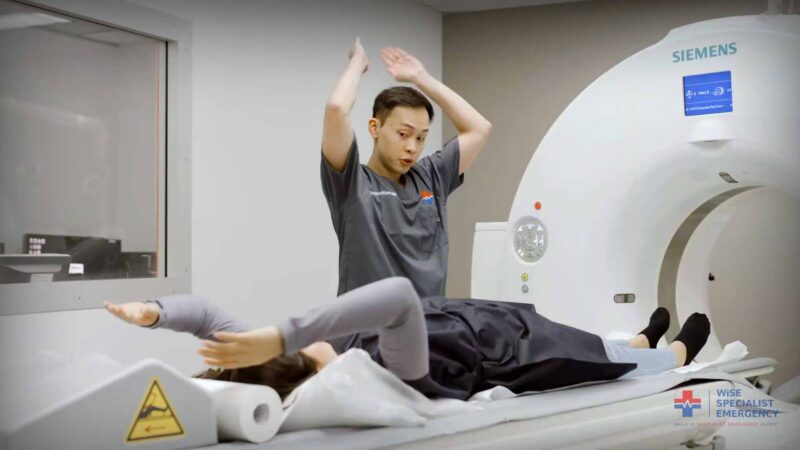In the lead up to the Australian Federal Budget in May 2023, Australian Health Journal reached out to peak health industry bodies to hear about their priorities, either noted in pre-budget submissions lodged with Federal Government in January 2023 or in recent forums such as the Strengthening Medicare Taskforce.
Others have stated their priorities directly with Federal Government. Through these interviews, AHJ gives a final opportunity to communicate to all health stakeholders, the funding needs for a range of priorities. These range from new models of care to pilots and wholesale, system improvements to building more sustainable workforces to help grow certain sectors of the health system
The Chief Executive Officer of The Australasian College of Paramedicine, John Bruning spoke with Australian Health Journal about the following:
- New models of care proposed for paramedics
- Paramedicine pilot program in the pre-budget submission
- Scope of how paramedics can support General Practice, and guidelines on safety and quality
- Current limitations experienced by paramedics needing to be addressed by Government
Lastly John talks about other priorities he hopes are included in the Federal Budget. These include a longer term, widespread reform view of the health system. There has been an approach where things have been “added on, gaps filled, issues identified” in 3-4 year cycles. John hopes there is a direction taken where health is completely reformed, including in access for regional, remote and 1st nations people. John sees the public needing further guidance and awareness on the health system to support public health literacy.
Finally cultural training is needed to deliver safe and appropriate health care to the range of diverse populations that clinicians serve. This can lead to fulfilling and purposeful workforce, which in itself needs the Government to consider the wellbeing aspects of clinicians during very challenging times in the pandemic.
You Might also like
-
Stroke care advances in translated research
New nurse-led protocols for stroke patients, based on ACU research, led by the Nursing Research Institute, have resulted in changes to policy, guidelines and clinical practice in Europe and Australia. The protocols were developed through the Quality in Acute Stroke Care (QASC) Trial (published in the Lancet, 2011) to manage fever, hyperglycaemia and swallowing (FeSS) post-stroke.
-
Specialist emergency care clinics in rollout
Unlike Emergency Departments that operate within public hospitals and some private hospitals, a Walk-in Specialist Emergency Clinic is located in the community and designed to provide comprehensive, coordinated acute care – from initial consultation and diagnostic services, to treatment and specialist referral if required – without the patient having to visit a hospital.
Australian Health Journal spoke to the visionary, founder and CEO behind this WiSE Specialist Emergency clinic, Dr Pankaj Arora.
-
Pharmacy led men’s urological health
Men’s urological needs refer to the medical and surgical conditions that affect the male urinary tract system and reproductive organs.
A urologist can address these concerns, however a pharmacy-led model of care developed by Brad Butt, called Mens Health Downunder has offered an alternative to certain urological needs of the male adult population over the past 10 years.
Australian Health Journal met with Brad to hear about his journey, Mens Health Downunder and the impact the pharmacy-led model of care has had on patient’s urological as well as mental health.



